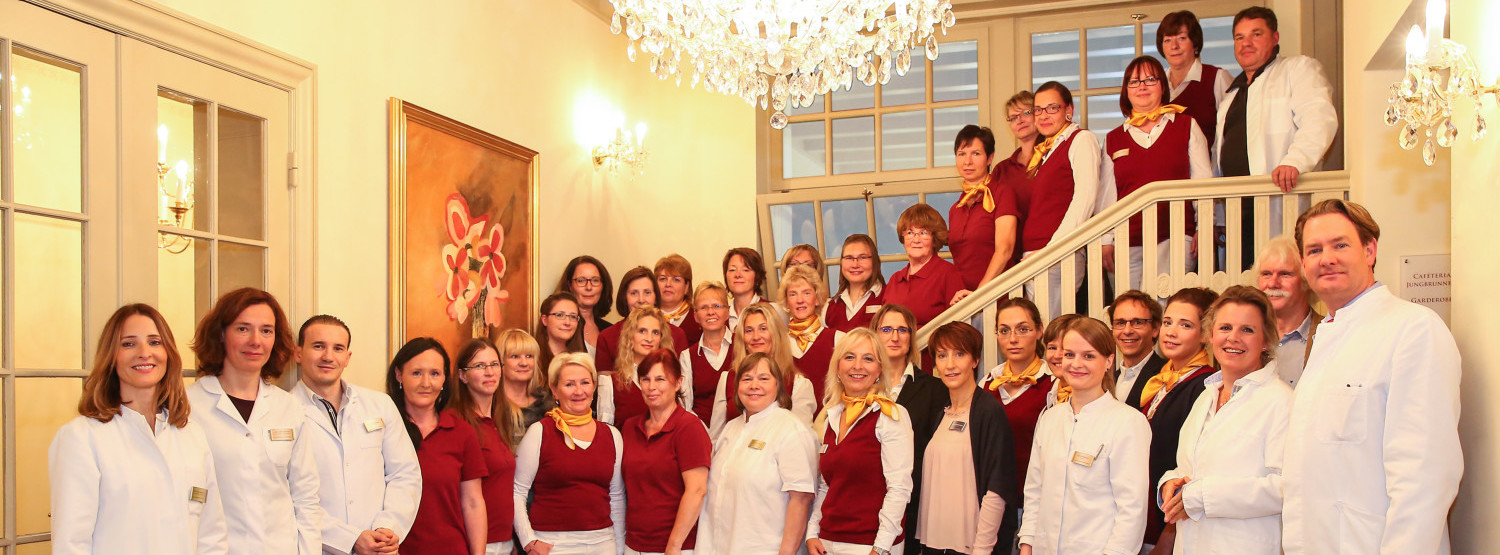LEGS NEED TO LEARN TO WALK – AND EYES HAVE TO LEARN TO SEE
Children must learn to see, and the process isn’t complete until about the age they start school. Undetected problems with vision may be present in this period. If the child is long-sighted, for example, and should really be wearing glasses, tends to cross his/her eyes a little or a lot and is using only one eye (usually the stronger one) to actually see with, then only this one eye will in fact learn to see properly. Development in the other eye will be stunted and vision will be poor – or even absent.
If a child’s eye does not learn to see, it cannot learn to see in adulthood! Many professions that require binocular vision will then be unavailable in later life. If a child’s problems with vision go unnoticed and untreated, this child is at serious risk of losing sight in one eye. The earlier that a child’s vision problems are identified, the better the results will be from the interventions available to save the child’s eyesight. These include a prescription for glasses without or without one lens being taped over to treat one eye. These procedures ensure that both eyes learn to see properly.
Accordingly: if you have even the slightest suspicion that your child has visual problems you should contact your ophthalmologist for a check-up, and make an appointment for your child with an orthoptist.
THE CHECK-UPS AT YOUR PAEDIATRICIAN ARE OFTEN VERY BASIC – EXPERT ADVICE IS REQUIRED!
Your child’s regular paediatric check-ups make only a basic test of his or her vision.Assessing the vision and visual abilities of young children is a particularly demanding procedure.One cannot expect doctor’s assistants working at the paediatric practice to be capable of making such assessments. Even paediatricians will struggle to achieve the accuracy needed to be 100% sure that the child is learning to see with both eyes.
AN IMPORTANT MILESTONE FOR OUR CHILDREN – THE JUNIOR PROGRAMME
Ophthalmologists in Brandenburg have teamed up with AOK Berlin-Brandenburg to close the screening gap for children insured with AOK and have now launched the “AOK Junior Programme”. The programme gives children aged 32 to 42 months free access to a comprehensive ophthalmologist screening service, designed to diagnose visual problems and strabismus, so as to prevent cases of loss of vision in one eye going undetected. For further details, please visit Error! Hyperlink reference not valid.. We also make every effort to ensure costs can be covered for children insured by other health insurers.
TELL-TALE SIGNS FOR TODDLERS
To ensure your child can develop proper vision in both eyes, you should be familiar with signs that something is wrong:
- Strabismus – the familiar “crossed eyes” – where one eye is not parallel to the field of view
- Failing to grasp objects properly
- Frequent stumbling and bumping into things
- Squeezing one eye shut
- Lack of interest in reading or other activities requiring near vision
- Eye tics or tilting the head
- Burning pain in the eye, headaches, double or blurred vision








